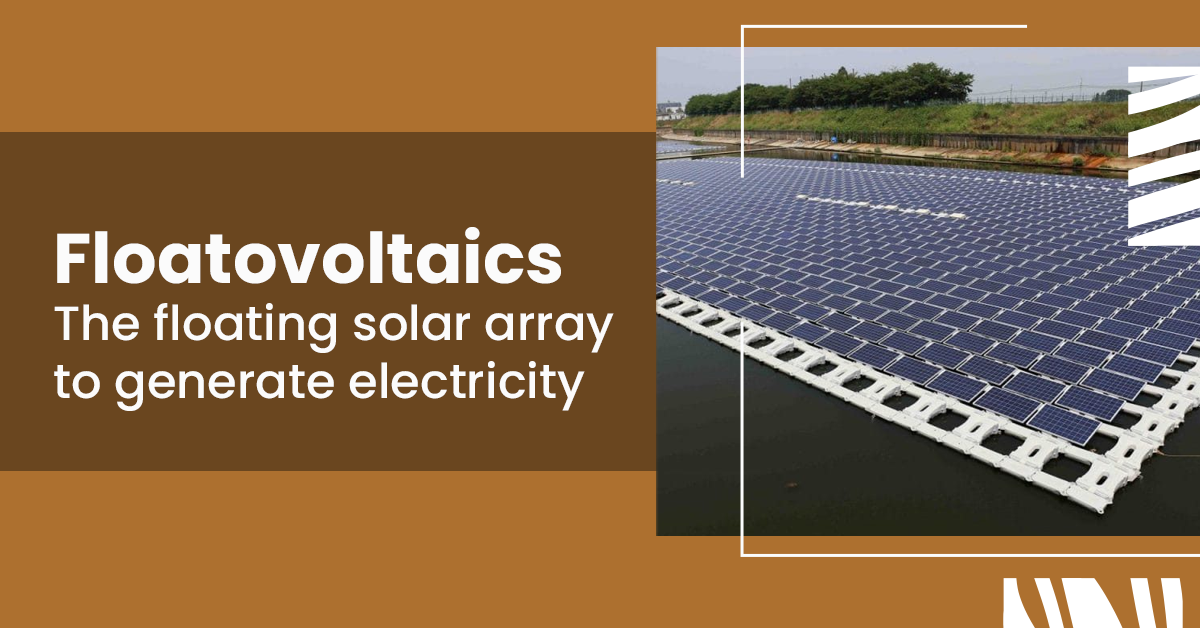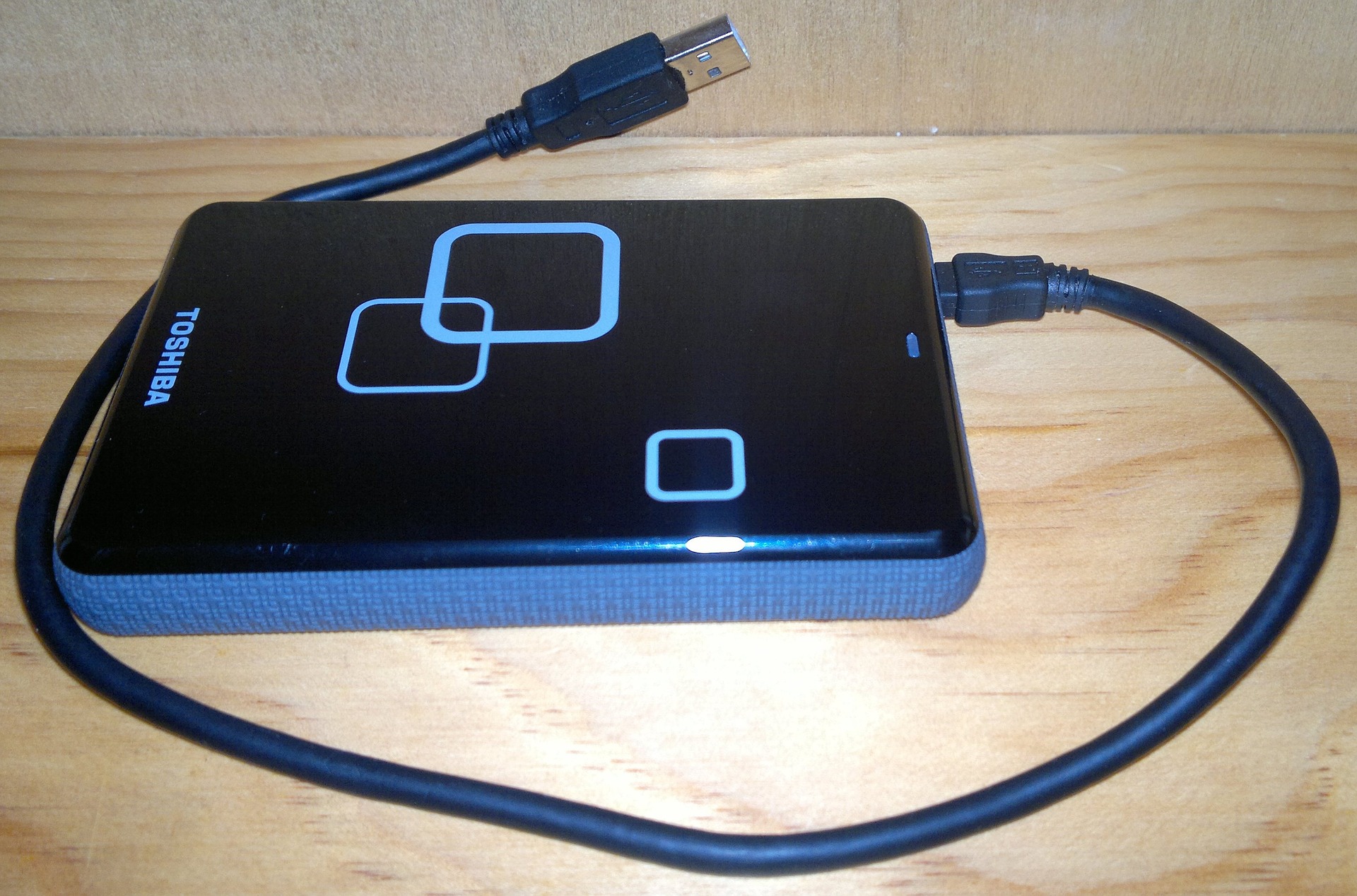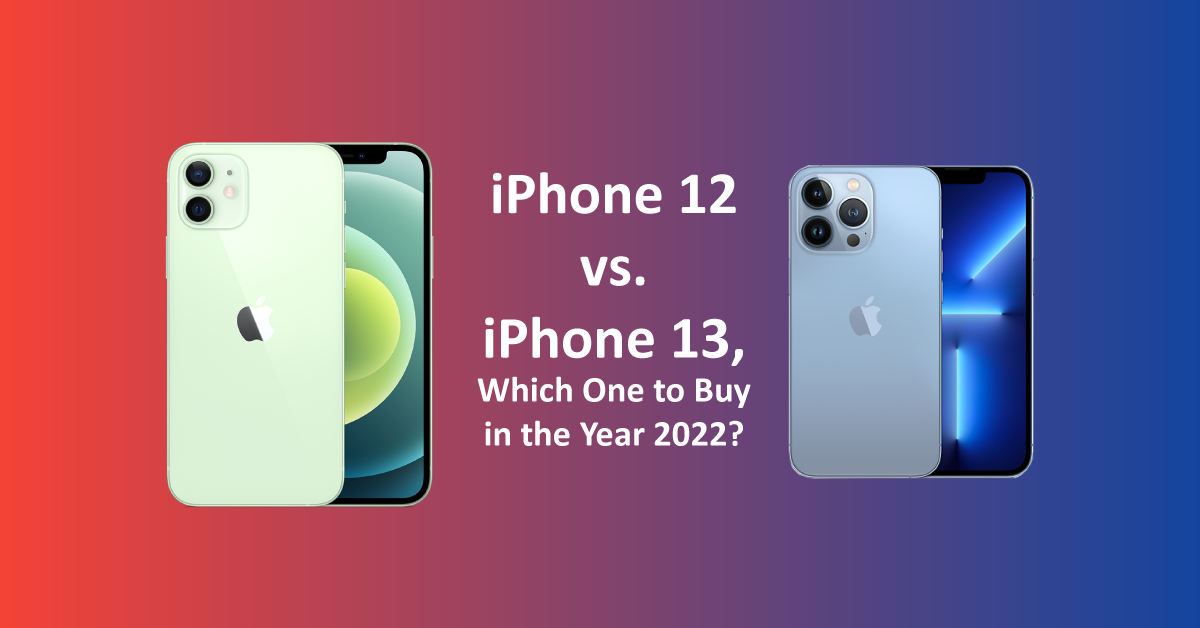Floatovoltaics – The floating solar array to generate electricity
June 17, 2022

Tell me what did environmental science teach you about all the sources of energy to be vanishing? The subject constantly told you to know “how to keep recycling the available sources of energy to produce more for your future generation”. The new technology has thus introduced us the new technology to convert the solar energy into electrical energy. Floatovoltaics is also one of the latest technologies introduced firstly in Japan and then in USA.
What is Floatovoltaics (FPV)?
Floatovoltaics is the term used for the solar arrays or panels which float on the surface of the water body. They are fixed on buoyant structures which makes them float on the water. They are not like the usual solar panels and they can retain heavy weather conditions. The main difference between both, that needs to be understood is the structure and how they are affixed. The technology introduced has proven itself to give benefits but still the inventors are in dilemma about how long it shall last.
The solar panels are mostly in use in the southeast Asia, because of the dry land areas there and it has proven to show quick result of this technology. The largest floating solar panel has been built in China. The installation was done to reduce electricity bills and make use of the land at the same time. There are certain countries which have also installed the solar arrays on the town’s drinking water. They have been tested that they are not harmful for the cleaning and using of the water and it also has the great opportunity for the water treatment plants.
How does a Floating Solar Panel work?
It consists of the solar module with vertical and horizontal frames. It is made in such a way that it can resist humidity, dustproof, and is well protected from the side effects from the water. The floating structure in the solar panel is made out of magnesium alloy coatings, that gives it strength and protects it from corrosion.
The mindset behind this technology was also to reduce the greenhouse gas that are emitted as the fossil fuels are less used to generate electricity. The invertors and arrays are fixed on the floating surfaces and the combine boxes gather the current electricity after it is generated. Then the current electricity is converted into alternating currents by the solar inverters installed. The floatovoltaics may also decrease the carbon present in the environment, thus making it healthy for all of us.
How are Floating Solar Arrays a Boon and a Bane?
Floating solar Panels have so much of potential to renew energy. There are many kinds of boon it serves, while every beautiful thing has a flaw side as well:
Boon:
- It helps improve the quality of the water by not hampering its cleaning process.
- Water has the potential to grow excessive amount of bacteria and algae that can also damage the wildlife, as it releases the oxygen from the water. The panels meanwhile assist as deterrent.
- It absorbs heat and gets too hot, which lowers down the rate of efficiency. Water act as a coolant for them.
- They can be made on any water body like hydropower plants with damns, ponds, oceans, lakes, etc. This in turn has the installation of two energies at the same time.
- Installation of usual solar panels demand a lot of land space, and the beautiful thing about this technology is that it can be installed on any water body.
Banes:
- These floating solar panels demand high maintenance and attention.
- It is assumed that they can be affected by waters even though they are built waterproof to retain rainwaters.
- The solar panels are exposed to the water all throughout the day and night and might not be good when they break down.
- It tends to hamper the wild life as it completely blocks the sun rays reaching the water surface.
- The equipment used to protect the solar panels can be a great threat to the wild life as they are not aware about it.
What is the future vision towards using these solar arrays?
The solar arrays are somewhere very efficient to renew the sources of energy and convert them usable electrical energy, this makes the country opting for it rich in its technology and resources usage. It has shown efficiency 15% more than the regular solar panels which has given the inventors a sigh of relief. More and more countries are willing to adopt this technology to make environment a happy place to stay for our future generation.
The installation of solar panels promises much to the society as it has shown installation and investments from many parts of the country. It is fiving broad ideas to the other countries about how can the solar panels be used with other things as well to generate some useful energy out of it. It is seen that the countries in America and Africa have benefitted the most , even the low availability of reservoirs in their country the solar panels have been able to generate solar energy to lower the carbonization level.
Trade-offs between the expansion of floatovoltaics and environmental, social and economic goals remain largely unexplored in both concept and practice. Reservoirs are artificial ecosystems that have been critiqued for a wide range of undesirable socioenvironmental impacts. Yet, in many places, they also provide habitats for wildlife, and have an important role in fisheries and recreation. Reservoir management often serves many needs besides water supply, such as flood control and hydropower. Pressure on multiple uses of reservoirs will intensify under climate change.
Neglecting these trade-offs could increase public opposition to floatovoltaics, lengthen the environmental-impact approval process and deter private investors, thus hampering the decarbonization shift.









